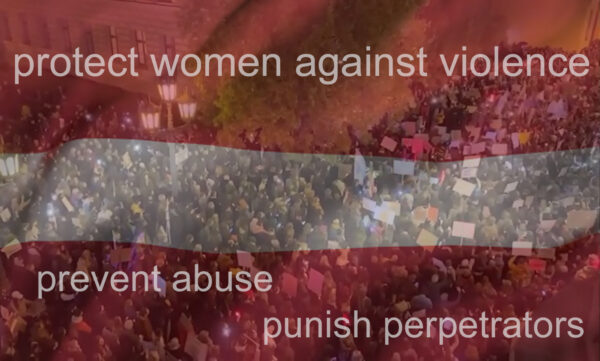2023-10-15
Statistics before Zonta Says No
During the 16 days campaign, many of the district's clubs use statistics on violence against women. For several years, the influence committee has served the clubs by drawing up summaries of the number of reported assault crimes against women aged 18 and older, as well as murder/murder/assault with a fatal outcome of a woman or girl. These statistics include the number of crimes and not the number of cases. This is important because a criminal report by a woman, i.e. a case, often includes reporting a number of assault crimes. The statistics therefore do not show how many women have been victimized, but how many occasions women have been subjected to abuse.
It is desirable to be able to give a picture of how many women have reported being abused, not the number of crimes. One can also consider whether violence against women should be limited to only assault and murder/murder, as this risks giving an incorrect picture of the extent of the violence. It would be desirable to be able to show the extent of the violence by, for example, also looking at the crimes of gross violation of women's rights, gross breach of peace, rape, illegal threats. The total violence against women includes so many types of crime.
The impact committee has therefore been in contact with statisticians at Brå. This is because the statistics reported by Brå only apply to the number of crimes. Brå has just started producing new statistics on the number of plaintiffs (victims of crime) who have been victims of crime. These statistics are under development. It currently only exists at the national level. There you can see most types of crime involving violence against women and whether the violence was perpetrated by an acquaintance or stranger. However, the statistics are not broken down at municipal level. Such documentation exists, but Brå believes that it can be sensitive to report due to too few crime victims. The impact committee has stated on a couple of occasions that it is important to report the statistics at the municipal level and adapt them so that they do not become sensitive to privacy. Then we would be able to more clearly show the scope for both decision-makers and municipal residents, perhaps also compare municipalities and question large differences. The impact committee will continue to monitor Brå's work with crime victim statistics.
Carina Maxson
Chairman of the Committee for impact and supporting efforts


